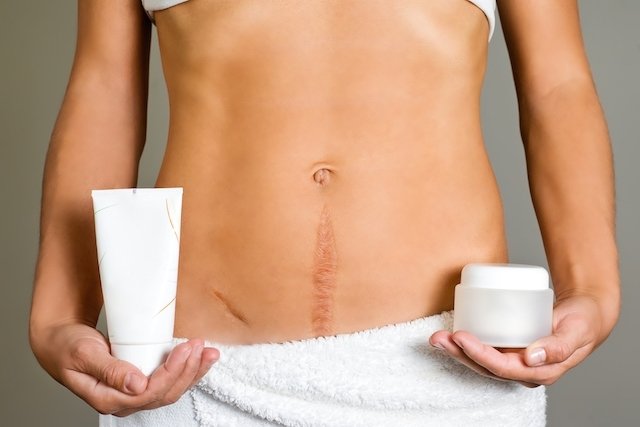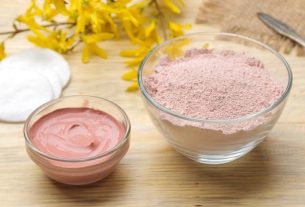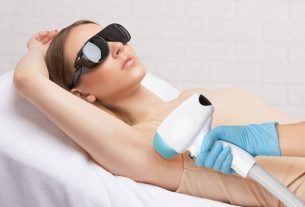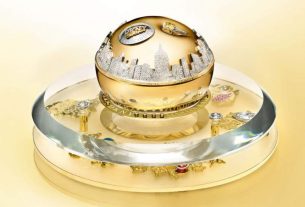Old scars are the most difficult to remove, but they can all become more discreet, flat and moving well and we indicate here everything you can do to improve their appearance, making them more discreet or almost imperceptible.
Scars older than 60 days are generally completely healed, do not hurt, do not itch but may be darker than the skin and raised or stuck to the muscle. Discover some treatment options:
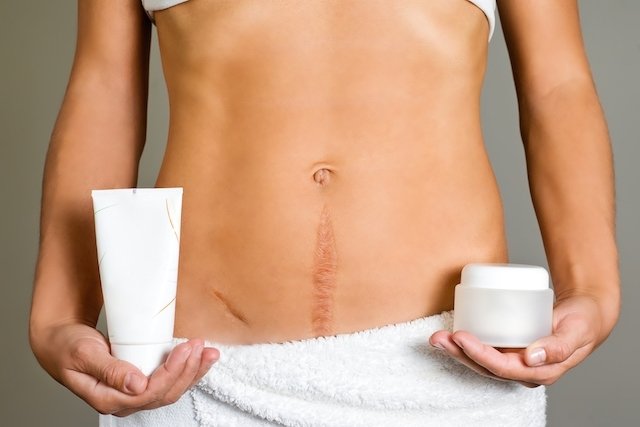
1. Massage therapy
The first step is to apply a little almond oil or moisturizer, the kind that is very thick, which is more difficult to apply because the skin does not absorb as much.
Then, press on the scar and use your fingertips to make circular movements, up and down and from side to side along the entire scar. This massage will loosen the scar and the more it sticks to the skin, the more time you need to invest in this massage.
Furthermore, during the massage you can also try to pull the skin that is 2 centimeters above the scar upwards and detach the skin from above the skin and another 2 centimeters below the scar.
Check out the steps and more tips in this video:
2. Use the vacuum to loosen the scar
There are small silicone ‘cups’ that you can buy in beauty supply stores or online that create a small vacuum, sucking the skin, releasing all adhesion.
To use the vacuum to remove the scar, you need to apply oil or moisturizing cream to the area, press the ‘cup’ and place it on top of the scar and then release it. The vacuum will lift the scar and to have the desired effect, it is recommended that the vacuum be applied to the entire length of the scar for 3 to 5 minutes.
There is also an aesthetic vacuum therapy device that uses this same method to promote better lymphatic drainage and eliminate cellulite and can also be used to remove the scar. You can find this type of treatment in beauty clinics.
3. Whitening cream
Sometimes older scars become stained due to sun exposure without sunscreen, and the skin ends up becoming darker. In this case, what you can do is apply a cream with whitening action daily, which can be purchased in pharmacies, drugstores or even online. However, it is important to be careful to only apply it over the scar to even out the skin tone.
4. Corticosteroid cream to reduce volume
The dermatologist may recommend the use of a corticosteroid cream so that the scar does not become so high and ugly, but it is also recommended when the scar is already very high. These high scars can be of two types, the scar with keloid or hypertrophic and despite being caused by different situations, the treatment is similar and can be done with corticosteroids and for keloids they can be used in the form of an injection directly into the scar and In hypertrophic scars, simply apply the cream daily.
The main difference is that a hypertrophic scar is only high and does not exceed the size of the base of the scar, while a keloid scar is high and appears to be puffed up, and its edges are outside the base of the scar.
5. Aesthetic treatment
Aesthetic physiotherapy clinics have several treatment protocols to improve the appearance of the scar, leaving it smaller, with good mobility and thinner. Some options are chemical peeling, microdermabrasion, use of laser, radiofrequency, ultrasound or carboxytherapy. The functional dermatological physiotherapist must personally evaluate and recommend the best treatment for each case, achieving excellent results.
When to resort to surgery
Subcision surgery is indicated when none of the aesthetic procedures to eliminate or lighten the scar have the desired effect. Therefore, plastic surgery may be recommended to remove the scar or treat irregularities in texture or size, leaving the skin more uniform.
In this type of plastic surgery, the surgeon cuts the skin just above or below the scar, removes the adhesions underneath it and, using more modern techniques, creates a new scar that is much more discreet than the previous one. Learn about the types of surgery to remove scars and how it is done.

Sign up for our newsletter and stay up to date with exclusive news
that can transform your routine!
Warning: Undefined array key "title" in /home/storelat/public_html/wp-content/plugins/link-whisper-premium/templates/frontend/related-posts.php on line 12
Warning: Undefined array key "title_tag" in /home/storelat/public_html/wp-content/plugins/link-whisper-premium/templates/frontend/related-posts.php on line 13

